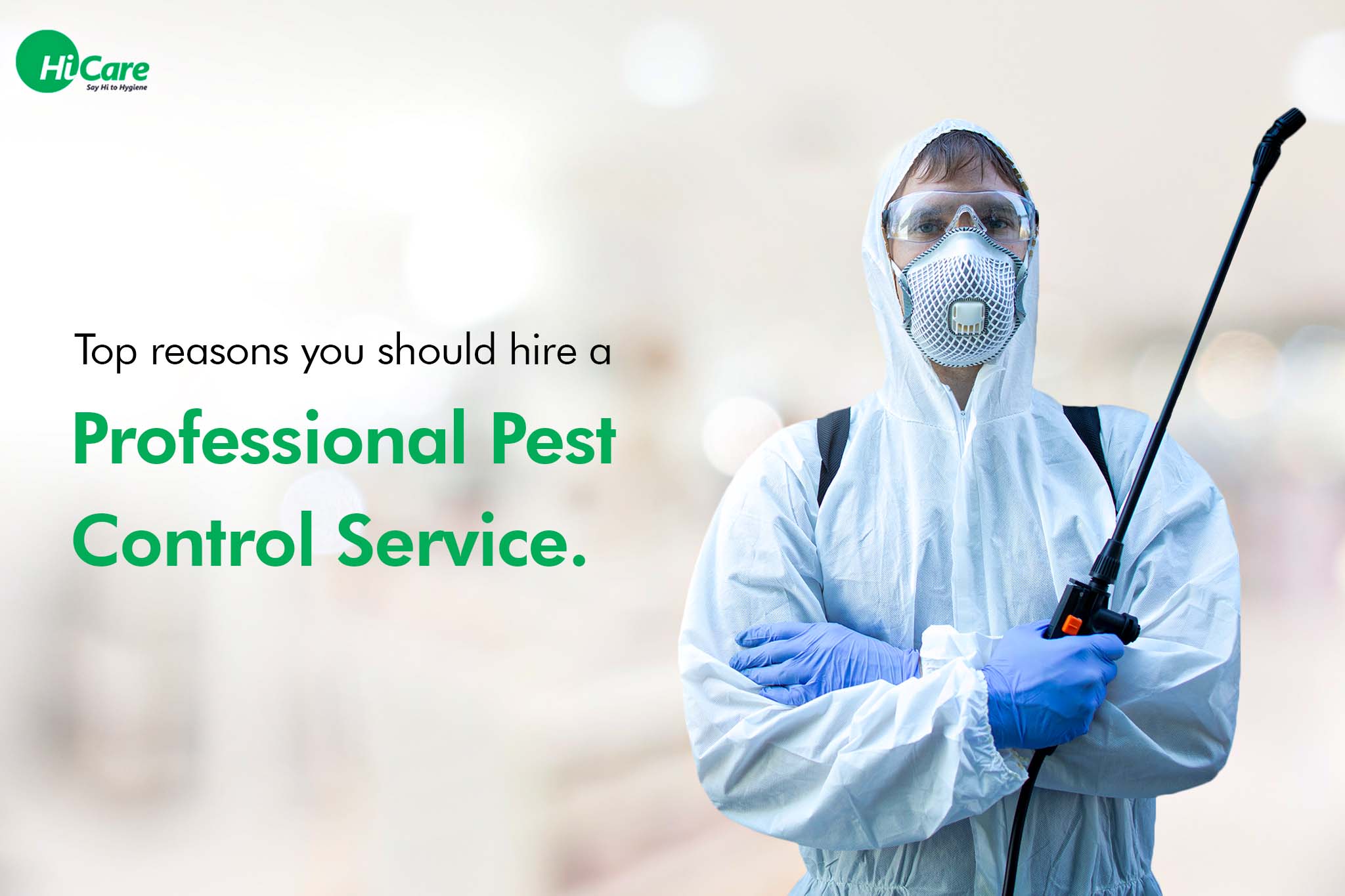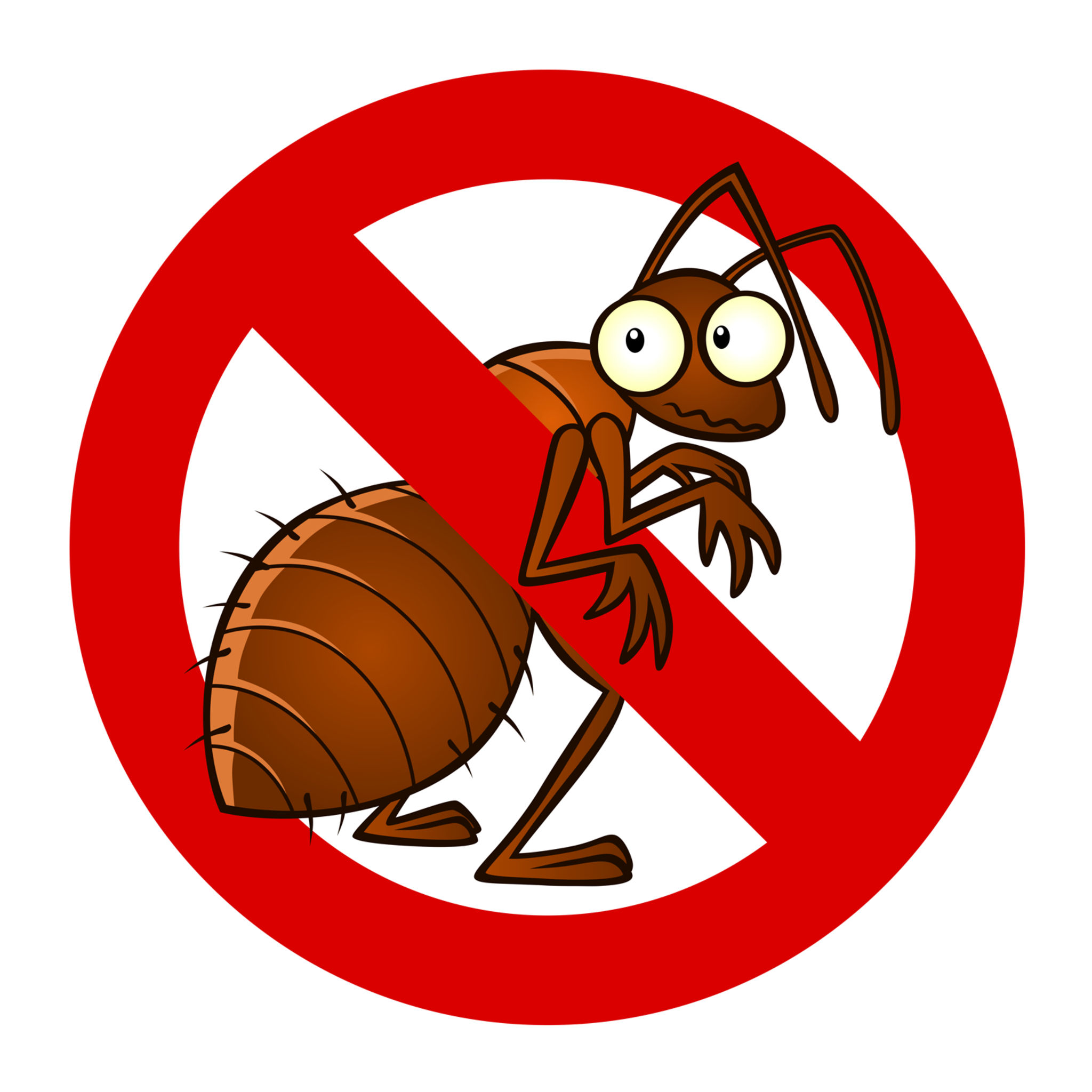Specialist A1 Portland Bed Bug Exterminator - Remove Bed Bugs Rapid
Specialist A1 Portland Bed Bug Exterminator - Remove Bed Bugs Rapid
Blog Article
Reliable Pest Control Solutions: A Thorough Consider Extermination Techniques and Avoidance Actions
In the realm of parasite control services, the successful administration of problems calls for a meticulous method that integrates different methods and procedures for both obliteration and avoidance. From Integrated Parasite Monitoring (IPM) approaches that focus on lasting remedies to chemical elimination strategies made for targeted removal, the collection versus bugs is huge and diverse. Biological control methods and physical avoidance actions supply different courses to efficiently combating unwanted intruders. Nonetheless, the trick to a thorough bug control plan lies not simply in the methods themselves, but also in the thorough specialist assessment procedures that come before and educate them. By comprehending the complexities of each approach and just how they interplay, one can truly realize the intricacy and effectiveness of modern-day bug control services.

Integrated Parasite Monitoring (IPM) Approaches
Integrated Parasite Management (IPM) Methods incorporate an extensive technique to pest control that concentrates on tracking, control, and avoidance techniques to effectively handle bug populaces. By integrating different strategies, IPM intends to minimize the effect of parasites while also decreasing the reliance on chemical pesticides. Avoidance exists at the core of IPM, stressing techniques like proper sanitation, maintenance of hygiene, and securing entrance factors to discourage pests from infesting buildings.
Chemical Extermination Strategies
Chemical extermination techniques are typically employed in insect control services to efficiently eliminate insect populations that position a risk to human wellness and home. These methods include making use of numerous chemical compounds specifically created to target and get rid of pests such as insects, rats, and various other unwanted creatures. The application of chemicals, pesticides, rodenticides, and other chemical agents is thoroughly regulated to ensure optimum performance while lessening dangers to humans, pets, and the setting.
One of the key benefits of chemical elimination techniques is their capacity to supply quick and targeted outcomes, making them specifically helpful in cases of extreme invasions or immediate bug control needs - a1 commercial pest control portland. Nonetheless, it is vital to emphasize the value of appropriate handling, application, and disposal of these chemical products to stop unintentional injury
Additionally, incorporated insect monitoring (IPM) methods often integrate chemical elimination techniques with various other approaches such as cleanliness, environment modification, and biological controls to develop a lasting and comprehensive bug control approach. By incorporating chemical elimination strategies judiciously within an IPM framework, parasite control services can efficiently handle parasite populations while reducing prospective threats to human health and the environment.
Biological Bug Control Approaches
Employing natural predators and parasites to handle parasite populaces is a sustainable method referred to as biological bug control. This strategy harnesses the natural mechanisms of the community to control bug populaces without depending on artificial chemicals. One usual organic control approach entails presenting all-natural adversaries of the target parasite varieties, such as ladybugs for aphid control or nematodes for termite infestations. These all-natural killers prey on the pests, helping to maintain their populaces in check.
Another reliable organic control technique is using microbial pesticides. These are normally occurring microorganisms, such as bacteria, infections, and fungis, that especially target and infect particular bug species. By making use of these microbial agents, pest populaces can be efficiently reduced without hurting advantageous microorganisms or triggering injury to the environment.
Physical Parasite Prevention Actions
Implementing physical pest prevention measures involves utilizing obstacles and architectural alterations to hinder parasites from getting in or infesting a building. Mounting door moves, screens on windows, and securing splits in the structure can assist stop insects like pests and rats from obtaining accessibility inside your home.
Another physical avoidance step is the usage of obstacles like fence to maintain larger insects such as deer or raccoons away from the home. By carrying out these physical pest avoidance actions, home proprietors can significantly decrease the threat of pest invasions and the damages they can create.
Expert Insect Assessment Treatments
Performing organized and thorough pest inspections is a fundamental aspect of professional parasite monitoring methods. Specialist bug examiners are trained to carefully analyze buildings for indicators of invasions, determining pest species, entry factors, and favorable conditions. The inspection procedure commonly starts with an extensive assessment of both the inside and outside of the facilities. This involves monitoring for bug droppings, nibble marks, nests, and any architectural damage that may show insect activity. In addition, examiners may utilize specialized devices such as wetness meters and borescopes to spot hidden problems within walls or crawl rooms.

Final Thought
Finally, effective bug control services utilize a variety of strategies, including Integrated Parasite Administration strategies, chemical elimination methods, organic controls, and physical prevention procedures. Professional parasite evaluation treatments play an important duty in determining and resolving pest problems in a prompt manner. By carrying out a combination of these techniques, residential or commercial property proprietors can successfully avoid and take care of pest invasions.
From Integrated Parasite Management (IPM) methods that focus on sustainable options to chemical elimination techniques developed for targeted removal, the collection against insects is substantial and multifaceted.Integrated Parasite Management (IPM) Techniques include a thorough approach to pest control that focuses on control, surveillance, and avoidance approaches to effectively manage insect populations.Chemical extermination methods are frequently used in parasite control solutions to effectively eradicate pest populations that pose a risk to human health and home.Utilizing natural predators and a1 bed bugs exterminator portland parasites to manage pest populaces is a lasting approach recognized as organic insect control.In final thought, effective pest control services use a selection of methods, including Integrated Insect Management strategies, chemical elimination approaches, biological controls, and physical prevention procedures.
Report this page